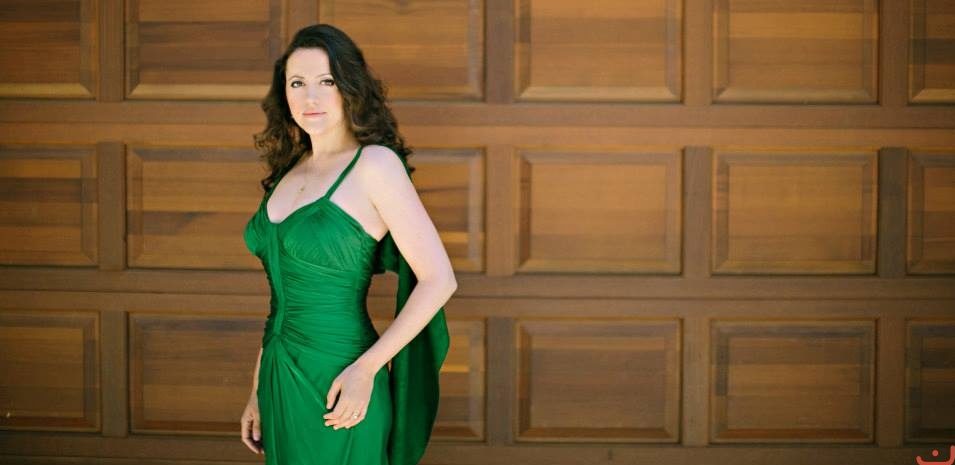Christ Church Cathedral | Map
Amanda Forsythe, soprano; Pacific MusicWorks; Stephen Stubbs, music director, lute & baroque guitar; Tekla Cunningham, violin; Corentin Pokorny, violin; Elisabeth Reed, violoncello; Henry Lebedinsky, harpsichord
At age 19, George Frideric Handel, not satisfied with being simply a local wonder in his native Germany, set off for Italy — the center of the 18th century musical universe — to find fame and fortune. In Rome, he worked alongside some of the most important musicians of the time and it was there that the young composer wrote some of his most dramatic, virtuosic and exciting works. This exceptional concert features the return of internationally-acclaimed soprano Amanda Forsythe with Pacific MusicWorks under the direction of Stephen Stubbs. The programme includes Handel’s Armida Abbandonata which was part of J.S.Bach’s personal library.
“Forsythe’s voice is marvelous — clear, florid, and warm at the same time — but the context highlighted her fundamentally superb rhythm. In the faster of her six Handel arias, passagework darted with glinting precision, exhilaratingly even, with confidently audacious ornamentation.” – The Boston Globe
To view/download this programme, please click here.
This concert is generously supported by Sharon E. Kahn
Click here for information about parking around / transiting to Christ Church Cathedral
Programme
George Frederick Handel (1685-1759):
Agrippina condotto a morire HWV 110
Arcangelo Corelli (1653-1713):
Trio Sonata Op. 4, No. 1
Preludio, Largo
Corrente, Allegro
Adagio
Allemanda
Handel:
Col partir la bella Clori HWV 77
INTERVAL
Handel:
Sarei troppo felice HWV 157
Handel:
Trio Sonata Op. 5, No. 4 G major HWV 399
Allegro
A tempo ordinario – Allegro, non presto – Adagio
Passacaille
Gigue. Presto
Menuet. Allegro moderato
Handel:
Armida abbandonata HWV 105
Programme Notes
Handel made his way from his hometown of Halle some 200 miles northward to the international port city of Hamburg at the tender age of 17. Hamburg was known as the Venice of the North and it lived up to that reputation not only as an attractive port city, as much a crossroads of the northern seas as Venice was of the Mediterranean, but in musical terms, it followed the Venetian creation of public opera in the late 1630’s with its own public opera some 40 years later, the famous Goose-Market opera. From then until its ultimate demise in the 1730’s, the Hamburg opera was Germany’s leading musical institution and fostered the talents of generations of Germany’s best composers including Handel, Telemann and Reinhard Keiser. When Handel arrived there in 1704, the leading composer (and tenor!) of the Hamburg opera (other than Keiser) was Johann Mattheson who took the somewhat younger Handel under his wing and encouraged him in the composition of his first opera Almira in 1705. The opera was a great success – and shows Handel to be a brilliant musical dramatist from his first attempt. Dramatic vocal music would remain the center of Handel’s musical world for the rest of his life, and he knew that the epicenter of the musical world and the birthplace of opera was Italy; already by 1706 he was on his way to Rome where he remained for most of the following three years.
In Rome, the abundantly talented (and strikingly handsome) young musical lion came almost immediately to the attention of all of the most important musical patrons of the City – Cardinals Ottoboni and Pamphilli and the Marquis Ruspoli in particular commissioned Handel to write cantatas and eventually oratorios featuring all the best singers in Rome – which, at that point, was tantamount to saying the best singers in the world. Several of them, particularly Margherita Durastanti, would go on to be associated with Handel even into his years in London. Handel was resident for long periods in the Palazzo of Cardinal Ruspoli where he regularly presented musical soirees featuring his newest cantatas sung by these singers. As he had learned the forms of German opera in Hamburg, here in Rome he imbibed the sophisticated Italian style and also the pervasive ethos of the Pastoral. The renaissance and baroque periods had revived a kind of poetry from Ancient Greek and Roman forms which evoked a poetic vision of nymphs and shepherds living in an idealized pastoral landscape where life and art were so intertwined that it became believable that they “spoke” to each other in song. This conceit was fundamental to the suspension of disbelief in the form of the opera where characters indeed sing to each other instead of speaking. In Rome, in the elevated circles of Handel’s patrons, this intentional confusion between life and art was underlined by everyone assuming pastoral nicknames and writing poems to each other in this pastoral guise and by the establishment of the influential literary club known as the Arcadian Academy of Rome. In this male-dominated society of the Roman clergy and the artists they patronized, Handel’s creations displayed one element which was not characteristic of his contemporaries: his emphasis on the emotional lives of women.
In Almira, Handel had already demonstrated his ability to inhabit the emotional states of women in moments of passion or distress. One of his first great arias was the monumental jealousy aria for Almira herself called Geloso tormento. As always in Handel’s career, he recognized the permanent value of his greatest creations and re-used them when the opportunity arose (this one returning in his first great Italian oratorio Il trionfo dell’ tempo in 1708.) Now in the context of the Italian cantata for the delectation of Rome’s musical elite – he sought out iconic women of tragic fate in order to create music of unparalleled intensity. The sorceress Armida from Torquato Tasso’s epic poem Gerusalemma Liberata, provided a scenario of the abandoned woman strongly reminiscent of Monteverdi’s seminal lament of the abandoned Arianna (from the lost opera of 1608) Lasciate mi morire. Just like Monteverdi’s heroine, Armida must witness her lover sailing away, and in the same way conjures the wind, the sea and the monsters of the deep to kill and punish him, before subsiding into the tragic realization that she still loves him too much to go through with the spell. Moving from the realm of epic poetry to that of history – and of course the history of Ancient Rome was omnipresent in Rome of the baroque period – Handel fixed on the personage of the Empress Agrippina (who in 1710 would also be the subject of Handel’s only opera for the Venetian stage). In the cantata Agrippina condotto a morire, the poet has chosen the moment when Agrippina has been condemned to death by her own son, the Emperor Nero. We observe her struggling with the emotions of rage and the instinct for revenge doing battle with her natural love for her son. Neither emotion can gain the final upper hand, and she goes stoically to her death as the only escape from the untenable collision of such strong feelings.
This artistic mining of the topos of the Donna abbandonata was certainly not new when Handel wrote his Roman cantatas in the first decade of the 18th century. Exactly a century before, Monteverdi had written his opera Arianna, and the role was taken in the end not by the singer for whom it had been written (Monteverdi’s young protégé Catarina Martinelli had tragically died from smallpox before the premier) but rather by the actress Virginia Andreini who like her predecessor Isabella Andreini had specialized in “mad” roles. We now believe that the survival of Arianna’s lament, despite the disappearance of the rest of the score, is likely due to the fact that Virginia went on performing this iconic lament scene in various contexts and courts for years in her role as the prima donna of the commedia troupe known as I gelosi. At the establishment of the Venetian public opera in the 1630’s, the first prima donna to emerge,
Anna Renzi, like her commedia dell’arte forbears Isabella and Virginia Andreini, also specialized in “mad scenes” including those of Ottavia in Monteverdi’s Poppea of 1642. The artistic gold to be mined in the representation of women in moments of passionate extremes is sown deeply into the nature of opera (one need only think of Lucia di Lamermoor for a prime example from the 19th century) but it made Handel’s Roman cantatas stand out sharply from the polite world of the Arcaduan Academy that dominated the Rome of the early 18th century and is one of the reasons that his cantatas and operas continue to speak to us today.
Handel’s Roman solo cantatas are of two principal types: for voice and basso continuo or for voice, basso continuo and two violins. Armida and Agrippina are of the latter type whereas Sarei troppo felice is an example of the former, and one which has been known until recently only in incomplete form. The eminent Handel scholar Ellen Harris provided me a facsimile of the original from which I made a new edition and we recently performed and recorded it with Amanda Forsythe with the Boston Early Music Festival. In this cantata, also concerning an abandoned woman (or should I say Nymph?) we know only that her betrayer is Fileno, and from the standard lexicon of nymphs and shepherds made popular in Gaurini’s Il Pastor Fido, that she is the lamenting Nymph named Clori. Finally the aria Col partir la bella Clori is a a single aria from the basso continuo cantata Ah, che purtroppo e vero. It has long been my single favorite aria from the cantatas, and for this occasion I have transformed it into a member of the other genre by providing some new parts for two violins. I hope the effect will be better than putting a mustache on the Mona Lisa!
We have no purely instrumental music from Handel’s Roman sojourn, but he was clearly influenced by the great violinist and composer Arcangelo Corelli who specialized in instrumental music. Corelli sometimes led the orchestra for Handel’s large-scale performances and there is a famous anecdote in which Corelli protested that he didn’t understand the French style of Handel’s overtures, whereupon Handel snatched the violin from Corelli’s hands and demonstrated the technique. Corelli’s works became the iconic models for a generation of composers in trio sonatas (Opus 4), solo sonatas (opus 5) and Concerti Grossi (opus 6). When Handel turned his hand to the composition and publication of such works in the 1730’s Corelli’s model is clearly still in his mind, including the fact that he published his own great collection of Concerti Grossi as his own opus 6.
For the composer of the omnipresent Messiah, it may be surprising to learn that the early cantatas have remained virtually unknown and unperformed until quite recently. Only in 1977 was there a dissertation which presented an overview of the cantatas, and only with the publication of Professor Harris’s book Handel as Orpheus – Voice and Desire in the Chamber Cantatas, in 2001, was there a study which presented an in-depth look at the music, texts and origins of this treasure trove of compositional genius. Certainly Handel himself knew the value of what he had created in a few short years in Italy, returning to it time and again for material for his mature operas and oratorios.
Stephen Stubbs, 2018
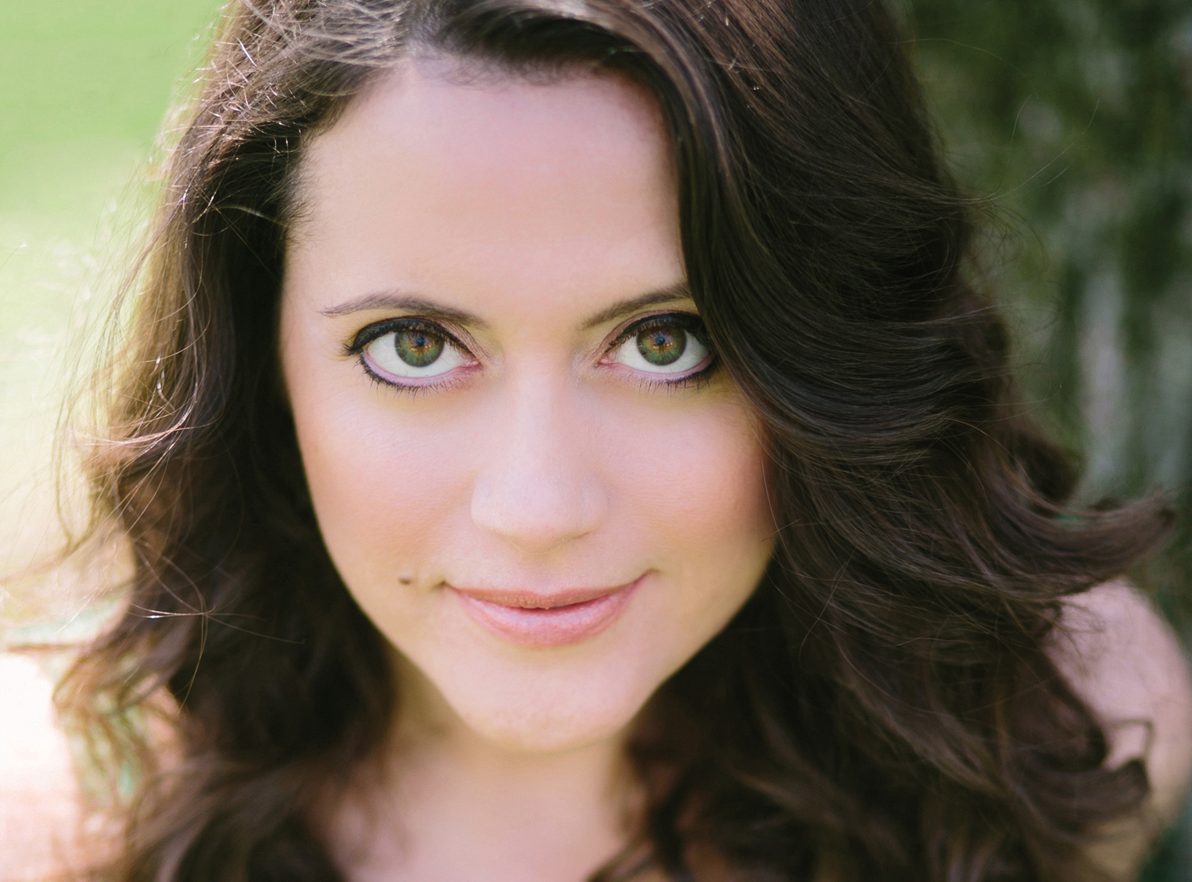
Amanda Forsythe, soprano
Amanda Forsythe performs regularly with many leading baroque ensembles including Apollo’s Fire, Boston Baroque, Handel and Haydn Society, Les Talens Lyriques, Pacific Musicworks, Philharmonia Baroque, Vancouver Early Music, and Boston Early Music Festival (BEMF) with whom many of her performances have been recorded commercially.
She sang Eurydice on BEMF’s GRAMMY-winning recording of Charpentier’s La descente d’Orphée aux enfers, released her début solo album The Power of Love with Apollo’s Fire on the Avie label and recorded Euridice in the 1774 version of Gluck’s Orfeo with Philippe Jaroussky for ERATO.
Major symphony orchestra engagements include Mendelssohn’s A Midsummer Night’s Dream (Boston Symphony and Los Angeles Philharmonic), Mozart Requiem (The Philadelphia Orchestra), Bach Magnificat (Accademia Nazionale di Santa Cecilia), Handel’s Sileti venti and Laudate pueri, Messiah and Schubert Mass No 6 in E Flat (Chicago Symphony), Mozart C Minor Mass and Requiem (Monteverdi Choir and Orchestra) and Mozart Concert Arias (Kymi Sinfonietta, Finland).
Opera roles include Jemmy Guillaume Tell, Corinna Il viaggio a Reims and Rosalia L’equivoco stravagante (Pesaro), Dalinda Ariodante (Geneva, Munich), Nannetta Falstaff, Amour Orphée, Manto Niobe and Barbarina Le nozze di Figaro (Royal Opera, London), Pamina Die Zauberflöte (Seattle and Rome), Iris Semele (Seattle), Partenope (title role) and Poppea Agrippina (Boston Baroque), Isabelle Le Carnaval de Venise, Serpina La serva padrona, Edilia Almira and the title roles in L’incoronazione di Poppea, Venus and Adonis, and Niobe (BEMF).
Forthcoming engagements include a concert tour with Philippe Jaroussky, Messiah (Lucerne Symphony Orchestra), Handel arias and Vivaldi’s Gloria (Chicago Symphony), Semele (Opera Philadelphia), Pamina Die Zauberflöte (Komische Oper, Berlin) and Marzelline Fidelio (Royal Opera, Covent Garden).
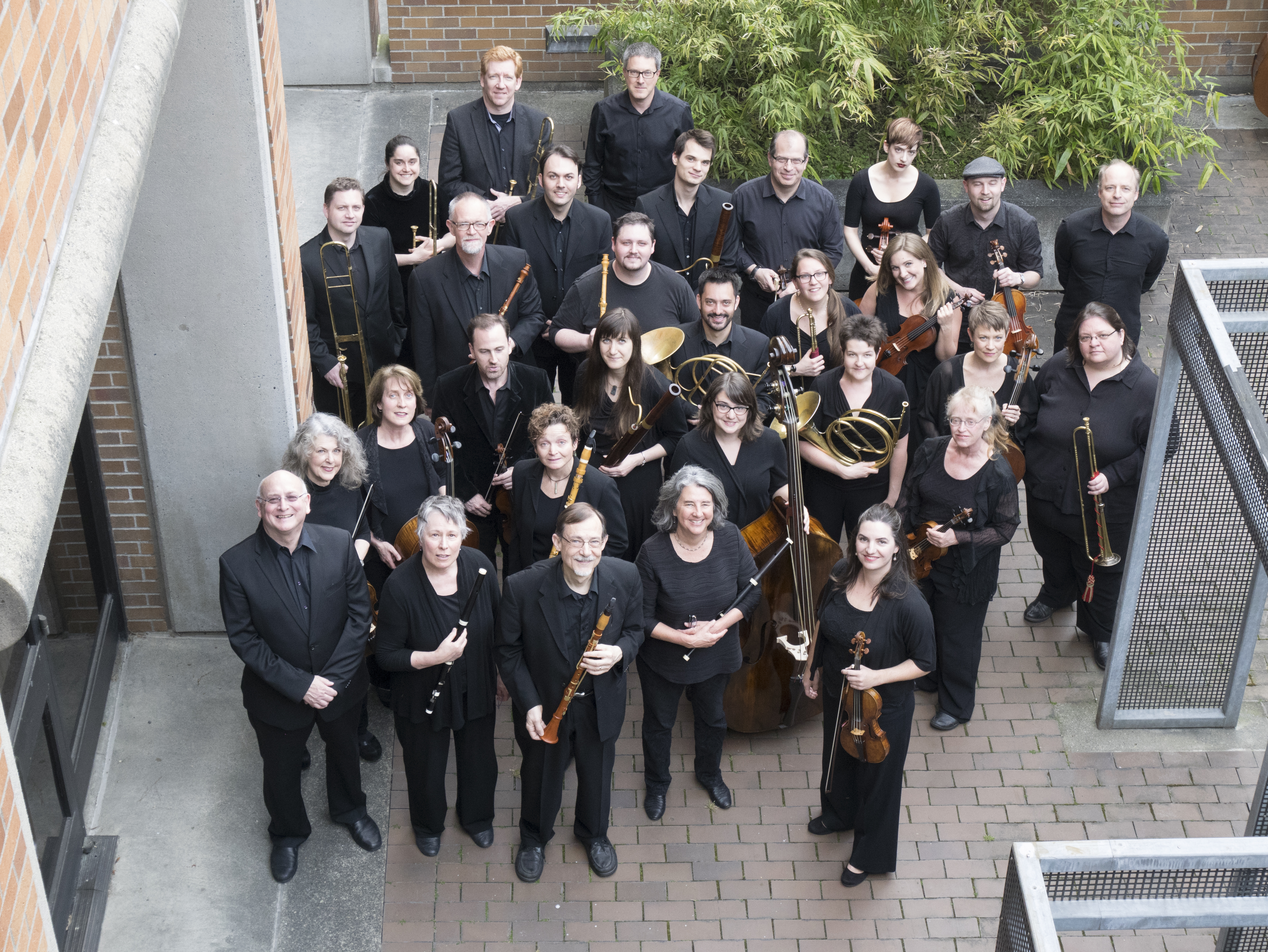
Pacific MusicWorks
Pacific MusicWorks (PMW) works to bring internationally renowned artists into collaboration with leading musicians from the Northwest, and to foster creative dialogue among artists from a broad array of fields and cultures. The heart of its repertoire is 17th– and 18th-century vocal music, but performances range from the Renaissance to innovative contemporary works and from chamber music to fully staged operas. Important projects have included a staged performance of Il Ritorno d’Ulisse in a production by South African artist William Kentridge, The Passions Project in collaboration with the Seattle Symphony and Ludovic Morlot as well as full stagings of operas in collaboration with the University of Washington (Gluck’s Orphée, Purcell’s Dido and Aeneas and Handel’s Semele).
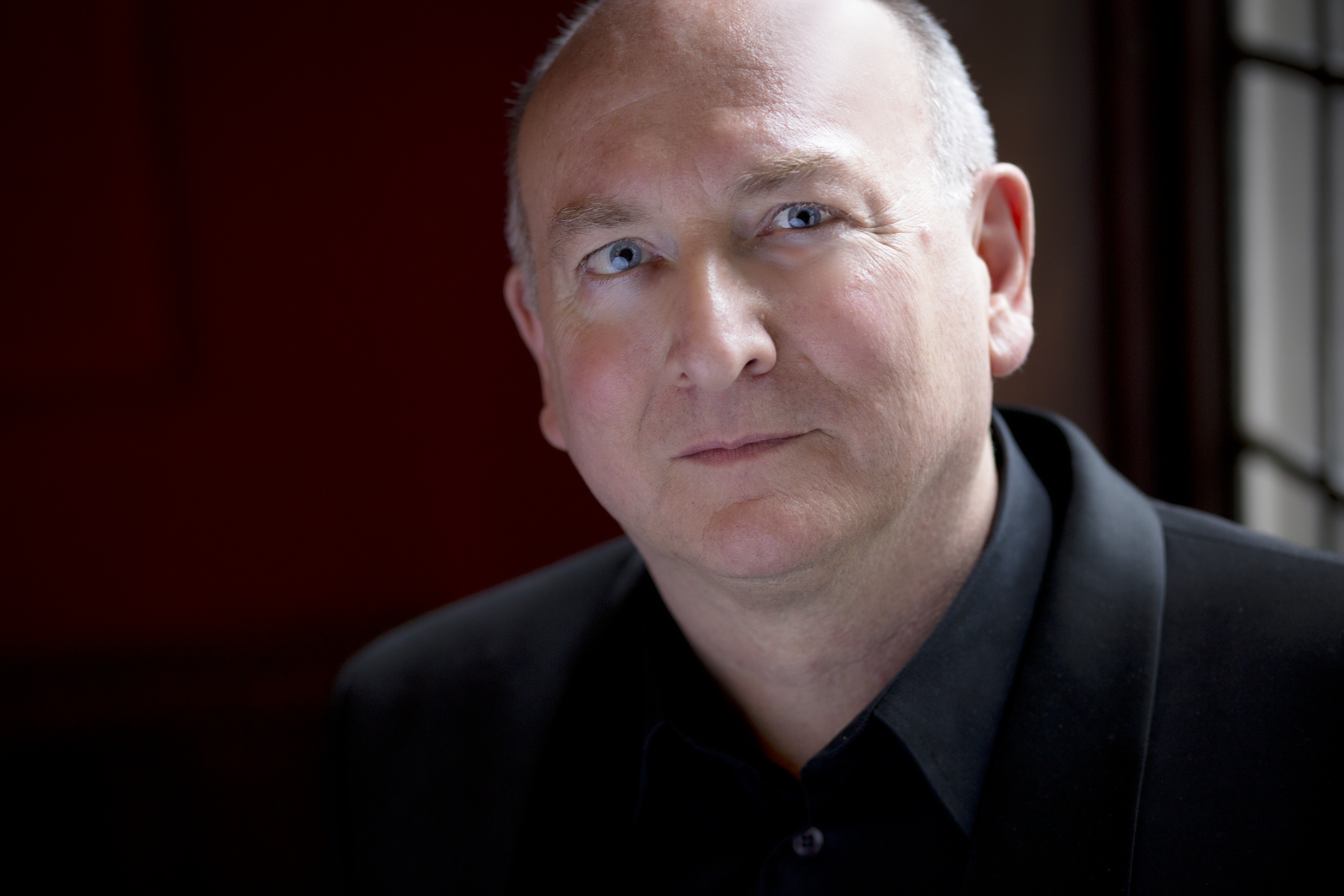
Stephen Stubbs, music director, lute & baroque guitar
Stephen Stubbs, who won the GRAMMY® Award as conductor for Best Opera Recording 2015, spent a 30-year career in Europe. He returned to his native Seattle in 2006 as one of the world’s most respected lutenists, conductors, and baroque opera specialists.
In 2007 Stephen established his new production company, Pacific MusicWorks, based in Seattle. He is the Boston Early Music Festival’s permanent artistic co-director, recordings of which were nominated for five GRAMMY awards. Also in 2015 BEMF recordings won two Echo Klassik awards and the Diapason d’Or de l’Année.
In addition to his ongoing commitments to PMW and BEMF, other recent appearances have included Handel’s Amadigi for Opera UCLA, Mozart’s Magic Flute and Cosi fan Tutte in Hawaii, Handel’s Agrippina and Semele for Opera Omaha, Cavalli’s Calisto and Rameau’s Hippolyte et Aricie for Juilliard and Mozart’s Il re pastore for the Merola program in San Francisco. He has conducted Handel’s Messiah with the Seattle, Edmonton, Birmingham and Houston Symphony orchestras.
His extensive discography as conductor and solo lutenist includes well over 100 CDs, which can be viewed at stephenstubbs.com, many of which have received international acclaim and awards.
Stephen is represented by Schwalbe and Partners (schwalbeandpartners.com).
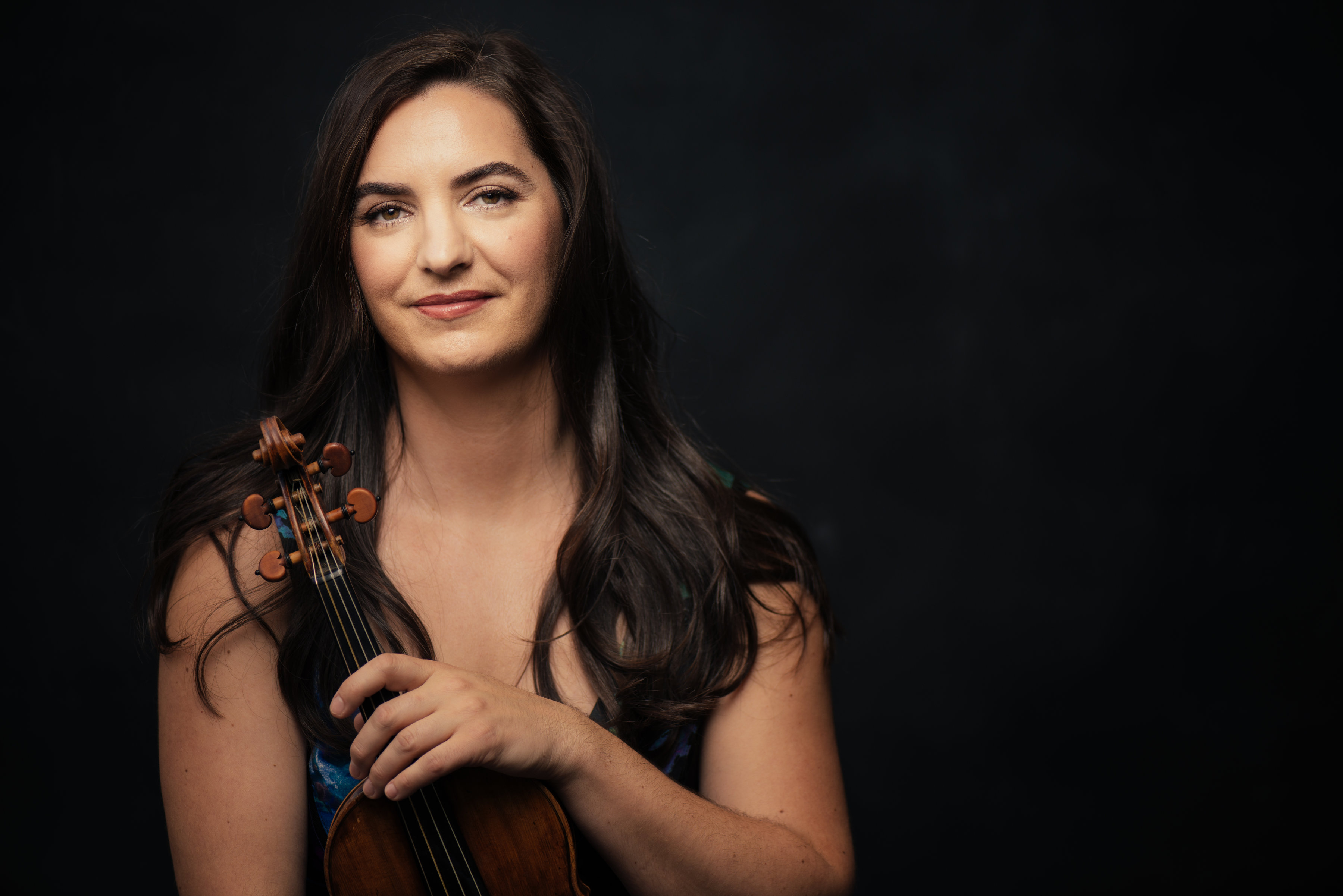
Tekla Cunningham, violin
Praised as “a consummate musician whose flowing solos and musical gestures are a joy to watch”, and whose performances have been described as “ravishingly beautiful”, “stellar”, “inspired and inspiring”, violinist Tekla Cunningham enjoys a multi-faceted career as a chamber musician, concertmaster, soloist and educator devoted to music of the baroque, classical and romantic eras. She is concertmaster and orchestra director of Pacific MusicWorks, and is an artist-in-residence at the University of Washington. She founded and directs the Whidbey Island Music Festival, now entering its fourteenth season, producing and presenting vibrant period-instrument performances of music from the 17th through 19th centuries, and plays regularly as concertmaster and principal player with the American Bach Soloists in California.
Tekla’s first solo album of Stylus Phantasticus repertoire from Italy and Austria will be released next year – music by Farina, Fonatana, Uccellini to Biber, Schmelzer and Albertini, with an extravagant continuo team of Stephen Stubbs, Maxine Eilander, Williams Skeen, Henry Lebedinsky.
Tekla received her undergraduate degree in History and German Literature at Johns Hopkins University while attending Peabody Conservatory. She studied at the Hochschule für Musik und Darstellende Kunst in Vienna Austria with Josef Sivo and Ortwin Ottmaier, and earned a Master’s Degree in violin performance at the San Francisco Conservatory with Ian Swenson.
Corentin Pokorny, violin
Corentin Pokorny is a violinist based in Seattle. An avid chamber player, he most recently was a member of the Daana String Quartet, the SCREE! Ensemble, and the Rocoempo Trio with his two brothers. He has played with Pacific MusicWorks among other orchestras,and has also worked with Lincoln Center in New York, in their Lincoln Center Stage concert programs. Corentin was born and raised in France, where he studied violin from a young age. After moving to the United States in 2008, he eagerly joined the musical scene of the Seattle area. Corentin received his Bachelor of Music degree from the University of Washington in 2016.
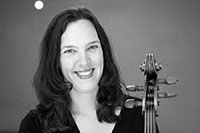
Elisabeth Reed, violoncello
Elisabeth Reed teaches viola da gamba and Baroque cello at the San Francisco Conservatory of Music, where she is also co-director of the Baroque Ensemble. Recent teaching highlights include master classes at the Juilliard School, the Shanghai Conservatory and Middle School, and the Royal Academy of Music. Her playing has been described as, “intense, graceful, suffused with heat and vigor” and “delicately nuanced and powerful” (Seattle Times). A soloist and chamber musician with Voices of Music, Archetti, Pacific Musicworks, and Wildcat Viols, she has also appeared with the Smithsonian Chamber Players, the Seattle, Portland, Pacific, and Philharmonia Baroque Orchestras, and the American Bach Soloists. She has performed at the Boston Early Music Festival, the Berkeley Early Music Festival, the Ohai Festival, the Whidbey Island Music Festival, and the San Luis Obispo Mozart Festival. She can be heard on the Virgin Classics, Naxos, Focus, Plectra, and Magnatunes recording labels and has many HD videos on the Voices of Music Youtube channel. She also teaches viola da gamba and Baroque cello at the University of California at Berkeley. She is a Guild-certified practitioner of the Feldenkrais Method of Awareness Through Movement, with a focus on working with musicians and performers.
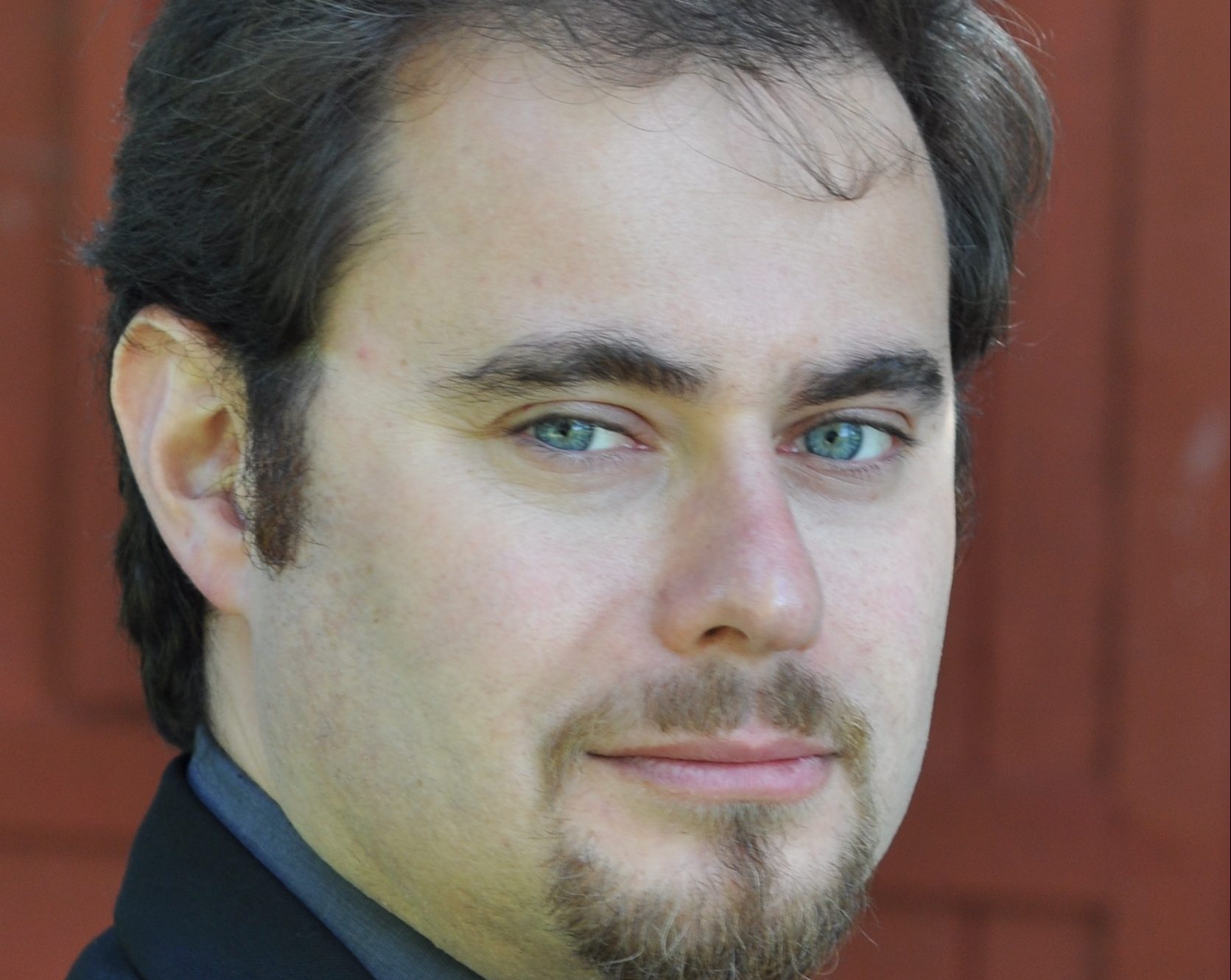
Henry Lebedinsky, harpsichord
Hailed by The Miami Herald for his “superb continuo… brilliantly improvised and ornamented,” historical keyboardist, composer, and conductor Henry Lebedinsky has performed with the Seattle Baroque Orchestra, Seattle Symphony, Seattle Opera, the St. Paul Chamber Orchestra, the Charlotte Symphony, Seraphic Fire, and Sonoma Bach, among others. With Stephen Stubbs, he is the co-Artistic Director of Seattle's acclaimed Pacific MusicWorks, and is the founder of PMW's Underground concert series, dedicated to bringing old music to new audiences in unconventional, fun, and boozy venues. Mr. Lebedinsky is a member of the San Francisco Bay Area-based Agave Baroque, with which he has recently released two albums with countertenor Reginald L. Mobley on the VGo Recordings label. He and Mr. Mobley have spent the past decade introducing listeners near and far to music by Black composers from the past 250 years, including recent appearances at the Musée d'Orsay in Paris and Festival Printemps Musical des Alizés in Morocco. An active composer and poet, his sacred music for choir and organ is published by Paraclete Press, Carus-Verlag Stuttgart, and CanticaNOVA. He currently serves as Organist and Choirmaster at Seattle’s historic Christ Episcopal Church.

